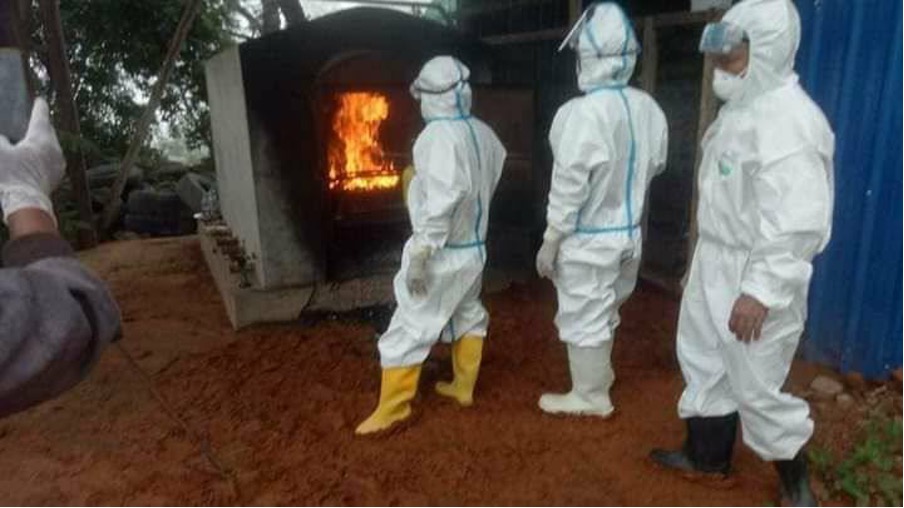22nd July 2021
Following on from previous pieces on Covid in Myanmar, we see how the people of Myanmar have to be creative in transporting and disposing of bodies.

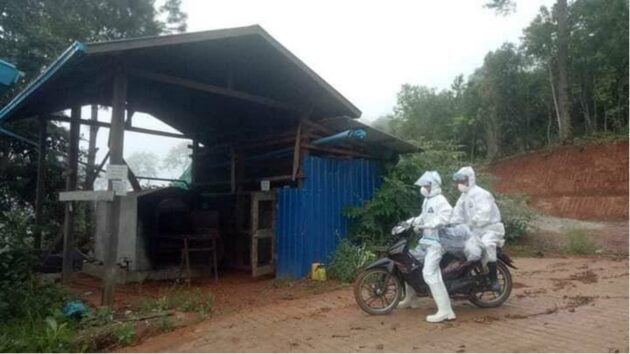
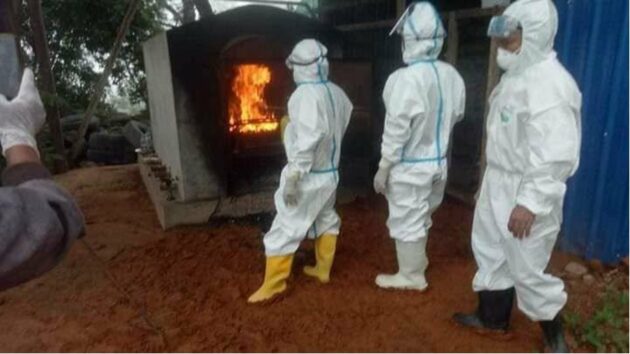
It really is getting beyond surreal in Myanmar. All this is happening in the monsoon, which makes everything difficult and uncomfortable.
Fuelled by the regime’s mismanagement of the COVID-19 crisis, July has been the deadliest month of the pandemic for Myanmar, with over 2,000 fatalities in three weeks, more than 40 percent of the country’s total death toll since the virus first emerged in 2020.
As of Tuesday, Myanmar has recorded 5,567 COVID-related deaths since March 31, 2020, when the country reported its first coronavirus fatality, according to the junta-controlled Ministry of Health and Sports (MOHS).
MOHS statistics show that 2,233 people died between July 1 and July 20, with the highly transmissible delta variant spreading rapidly as Myanmar endures a devastating third wave of COVID-19. The MOHS figures reveal that 40.11 percent of all fatalities since last year occurred in July and are widely believed to be an underestimate, as they don’t include many of the people who died at home rather than in hospital.
Previously, the highest death toll Myanmar experienced in the pandemic came in November last year during the second wave of coronavirus, when 1,053 people died.
Charity workers claim that the current surge in deaths has mostly been caused by overwhelmed hospitals turning away COVID-19 victims and the shortage of medical oxygen, a crucial lifeline for people infected with the deadly delta variant.
In Yangon, one of the country’s hardest hit regions, crematoriums are struggling to cope with piles of corpses, many of whom died gasping for breath due to the shortage of oxygen.
On Wednesday last week, the United Nations Special Rapporteur for the situation on human rights in Myanmar, Tom Andrews, demanded an emergency international intervention to address a “third wave” of COVID-19 infections.
“An explosion of COVID cases, including the delta variant, the collapse of Myanmar’s healthcare system, and the deep mistrust of the people of Myanmar of anything connected to the military junta, are a perfect storm of factors that could cause a significant loss of life in Myanmar without emergency assistance by the international community,” said Andrews.
Myanmar managed to cope with the first and second waves of the virus under the democratically elected NLD government led by Daw Aung San Suu Kyi.
Despite a death toll of 3,131 on January 31—one day prior to the junta’s coup—no one was turned away from hospitals in January. With popular support, the NLD government prepared field hospitals and improvised COVID-19 treatment centres, making sure everyone who needed treatment received it. Scrambling for oxygen cylinders was unheard of.
However, the country’s healthcare system has collapsed since the Feb. 1 coup. The regime has arrested or issued arrest warrants for the thousands of healthcare workers refusing to work under military rule.
As a result, many hospitals are now understaffed and unable to treat people—especially those with severe COVID-19 symptoms—who show up at their emergency rooms.
Turned away by hospitals, many people are having to treat themselves at home, including sourcing their own medical oxygen. This has caused panic buying and shortages of oxygen cylinders.
In response, the regime has imposed restrictions on oxygen plants, ordering them not to refill cylinders for individual use because “people are doing it unnecessarily”, according to a junta spokesperson at a press conference last week.
That ban has only led to more chaos. On Facebook, desperate family members beg to secure cylinders by any means as loved ones gasp for air. Many of these COVID-19 victims don’t recover.
Meanwhile, the junta is belatedly importing liquid oxygen from neighboring Thailand and China “to fulfil the people’s oxygen need”, according to regime-controlled state media.
Source the Irrawaddy 21st July 2021.
The advance of Covid seems to have slowed down the deaths from the Junta, but non-covid deaths are still steadily mounting.
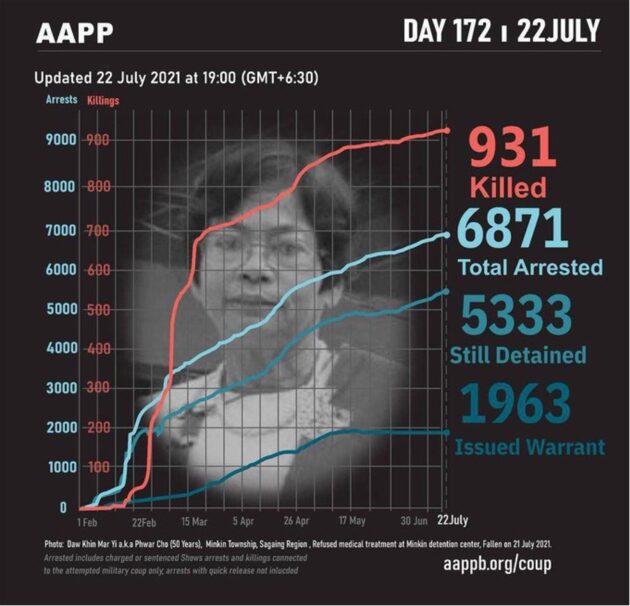
Meanwhile, training in the jungle for members of the PDF (Peoples’ Defence Force) continues. They are being prepared to return to the cities ready for action.
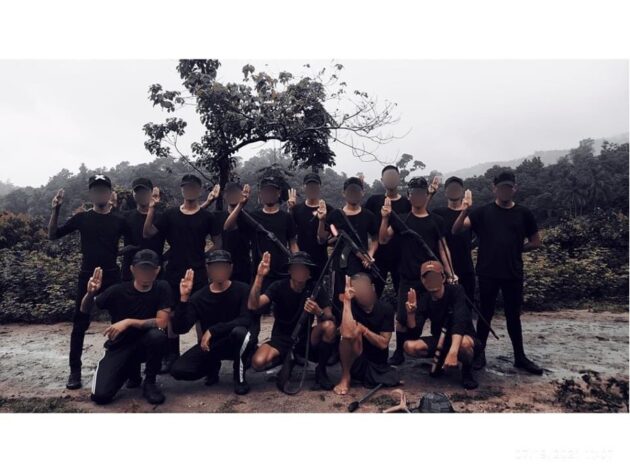
General Aung San and 8 others were killed on 19th July 1947 just prior to Independence. They were slaughtered by a group of armed men in uniform while they were holding a cabinet meeting at the Secretariat in downtown Yangon. The weapons included Sten guns thought to have been acquired from the British Army (or possibly rogue British officers during the chaos of the handover at Independence).
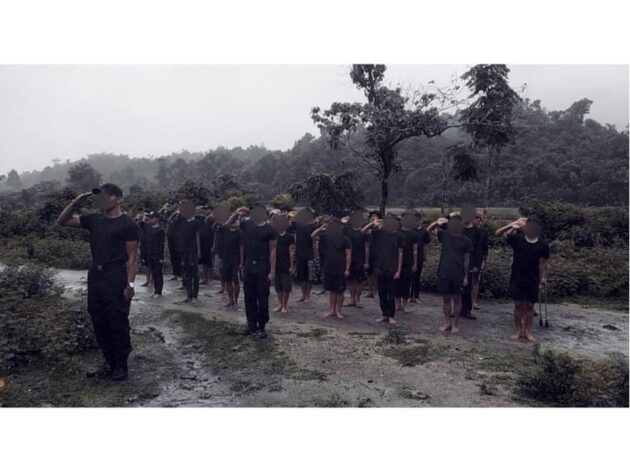
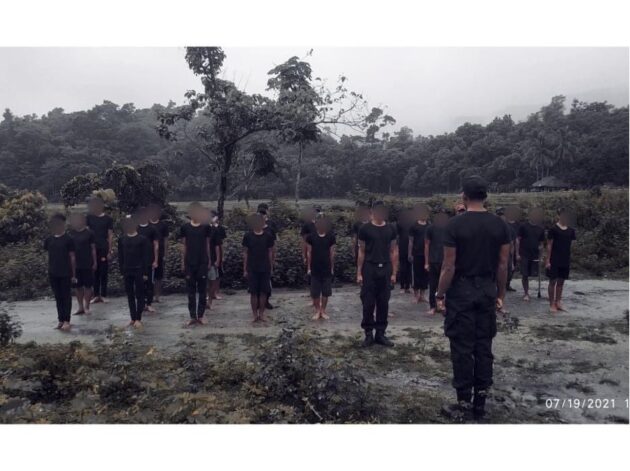
They don’t have to look like soldiers, they have to merge into the urban situation and cause controlled havoc.
Please share this article so that others can discover The BFD

